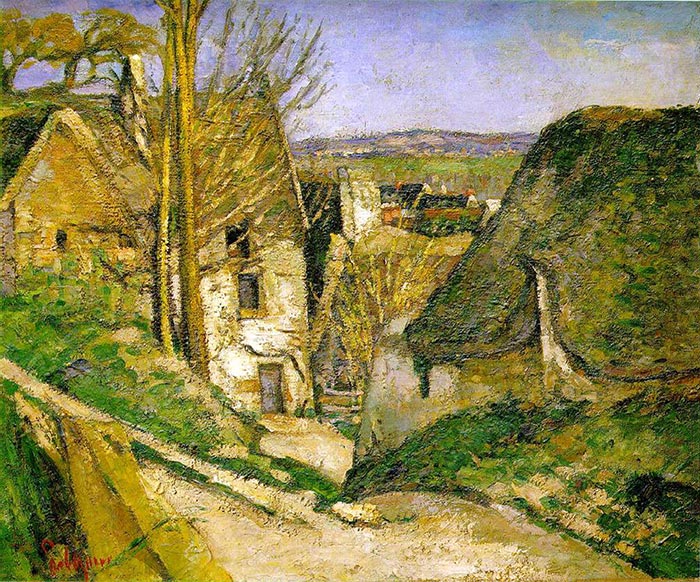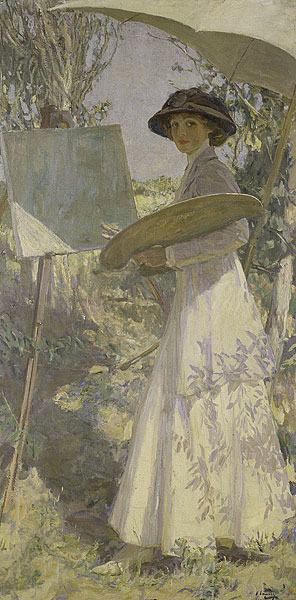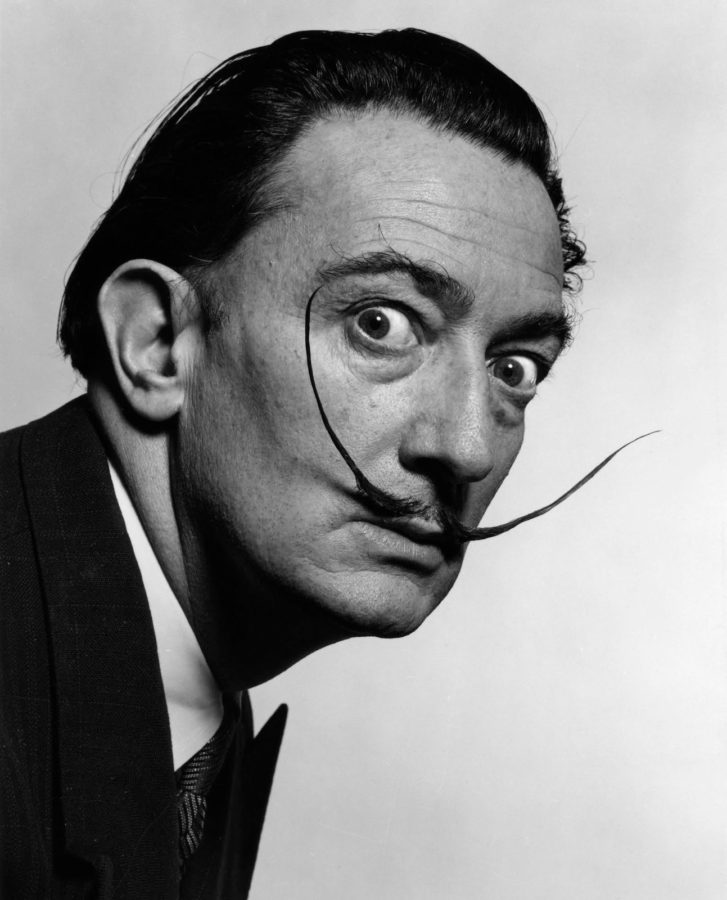Poetry Fragments of thought (Catharsis, 2021) a flowerthatbloomsat night VII Portraits (Pinterest, 2021) I bloom at night so no one can see, where there is no pressure, no high expectations. Although it’s withered and lack of sun, I can still rise even after a fall. My roots were damaged, my petals were dying and began to fall. However, I will continue to grow for I have learned my lessons and seek for ‘more’. Read my other post Poetry Quiet Partings Read More Becoming Self-Discovery: Finding Peace Amongst Inner Demons Read More Load More Stay Connected. Instagram Pinterest
Author: Citra Nilakresna Dewi
I guess that’s how it works
i guessthat’showit works VII Portraits (Pinterest, 2021) The world came to a stop one day, without a single sign or warning. Time passes all on its own dynamic, without a word of apology or a goodbye. Poetry Fragments of thought (Catharsis, 2021) I guess that’s how it works. Life goes on it doesn’t stop for anyone. Read my other post Poetry Quiet Partings Read More Poetry Fading Petals: Soft Departure Read More Load More Stay Connected. Instagram Pinterest
Another spring
Poetry Fragments of thought (Catharsis, 2021) anotherspring Unknown (Pinterest, 2021) White birds are flying high above the blue sky. Some flowers start to grow and bloom. The trees are even dancing together with the wind. I watch yet another spring comes by and wonder if I lost myself in the process and fails to return. Read my other post Poetry Quiet Partings Read More Poetry Fading Petals: Soft Departure Read More Load More Stay Connected. Instagram Pinterest
Moving forward
moving forward VII Portraits (Pinterest, 2021) Moving on means that you are constantly trying to get over your feelings that sometimes you tried too hard, you pushed too far. You’re probably still there, still getting nowhere yet you think that maybe, you’re almost at the end when the truth is, you’re everywhere. Poetry Fragments of thought (Catharsis, 2021) But when you’re moving forward, you’re looking ahead. You’re more expectant about your future, you crave to get better, and you have hope to be better. You become much more aware of the beauty of life, you acknowledge your fears, more careful with your feelings. You’re open to new beginnings. Reflection To feel. To be. (Eunoia, 2021) You have more faith than you think you do, and most importantly, you’re willling to start anew. Read my other post Poetry Quiet Partings Read More Poetry Fading Petals: Soft Departure Read More Load More Stay Connected. Instagram Pinterest
A worthy reminder
Reflection To feel. To be. (Eunoia, 2021) a worthy reminder ctrpublisher (Pinterest, 2021) And when they forgot to value your love, you need to remember you are worthy of your own love too. Read my other post Becoming Self-Discovery: Finding Peace Amongst Inner Demons Read More Becoming Poetry Infinite rhythms and melodies Read More Load More Stay Connected. Instagram Pinterest
Impressionist by Paul Cézanne
The Hanged Man’s House The story behind the painting The Hanged Man’s House (The House of the Suicide) was painted by Paul Cézanne in a small town north of Paris, Auvers-sur-Oise. It illustrated his conversion to Impressionism as he used the pale colours and broken brush strokes to this painting. Gone are the dark colours, this painting shows a different characters from his earlier works. The painting also shows a change in subject matter, such as his chosen theme as well as the techniques. Despite his debbling in the world of Impressionism, he put some unique touches that set his paintings apart from other artists. It is shown in the complexity of the composition along with it’s characteristics. There is no single strong focal point, instead several paths moved in different directions, encouraging the viewers eye to follow it’s path when one looks at the painting. The painting depicts a picturesque cottage situated in Auvers near the Rue de Four. It also depicts a landscape devoid of human presence, an abandoned and isolated place, with cracked walls. The branches of the trees and starkly angling off to the top, depict a sense of confusion. The brush strokes are broken. It is thicker than the standard, showing an overall impression of having been plastered with paint. The lack of people, the village, the stiff, and the cool colours in the painting seems utterly deserted – perhaps creates a strong sense of solitude. The Hanged Man’s House was exhibited at the First Impressionist Exhibition which is held in 1874, a year after the painting was created. Today, it is on display in Paris at the Musée d’Orsay, Paris, France, alongside with Cézanne’s other great artworks. Title: The Hanged Man’s House Artist: Paul Cézanne Date: 1873 Style: Impressionism Period: Impressionist period Genre: Landscape Oil on Canvas
Daily poets
Poetry Fragments of thought (Catharsis, 2021) daily poets Unknown (Pinterest, 2021) In between these empty spaces, I held my heart to no one but I, yet I loved you still but starting to ask ‘why’. Read my other post Poetry Quiet Partings Read More Poetry Fading Petals: Soft Departure Read More Load More Stay Connected. Instagram Pinterest
Hermann Seeger Painting
Young woman with a guitar on a beach painted by Germany artist, Hermann Seeger Hermann Seeger was the 19th century painter from Halberstadt, Germany. He is known for his depictions of the Baltic Coast landscapes. He often used his daughter Hildegard and Ilse as his object in the beach scene. Until today, the year of the painting above remain unknown as well as the story itself. Artist: Hermann Seeger (1857-1945) Title: Young woman with a guitar on a beach Oil on canvas
Impressionist Painting
Sir John Lavery
Surrealist Artist
Surrealist Artists Salvador Dalí Salvador Dalí [ 1904 – 1989 ] Surrealist artists – such as Salvador Dalí, René Magritte, Leonora Carrington, Joan Miró, Yves Tanguy and many others – seek to explore the unconscious mind and dreams as a way of creating art that asserted the value of it’s both. The artists found magic and beauty beyond world in the unexpected, the unconventional, and the uncanny of their deepest thoughts by illustrating it into something that is indescribable-yet-very-fascinating collection of artworks. However, for some artists – Surrealism is also used as a way to depict dream worlds or hidden psychological tensions. The following image is one of the most famous Surrealist artist in the world. Anyone who admires and loves painting probably know the man in the picture below. Scroll down to read more! Who is Salvador Dalí? About the artist Portrait of Salvador Dalí at age 4 He is, for sure, one of the man, the master of arts, Salvador Domingo Felipe Jacinto Dalí i Domènech, known as Salvador Dalí. Certainly, he is one of the most symbolic, and most celebrated artist of the Surrealist movement of all time. He is also one of the most influential figures in modern art. Dalí was born on May 11, 1904 in Figueres, near the Pyrenees Mountains, Spain. Growing up being surrounded by natures and cultures, he found many inspiration that later on it became his key paintings as he often included the scenery that he sees around into his artworks. Dalí has laid his heart in art and found love in it. His father and his mother greatly nurtured his interest in art since he was young. Both his parents built an art studio in Cadaqués, their summer home. Landscape Near Figueras (1910) is one of the earliest known artwork by Salvador Dalí. It was painted when he was six years old. At the age of 10, he had his first drawing lesssons that soon he took an art school at the San Fernando Academy of Art in Madrid, where he experienced with impressionist and pointillist styles. However, in 1926, when he was in his year-end at the academy, he refused to be examined in the theory of art and balked at his professors during the examanation. He announced, “I am very sorry. But I am infinitely more intelligent than these three professors, and I therefore refuse to be examined by them. I know this subject much too well”. As a result of this, he got expelled before graduation. Landscape Near Figueras [ 1910 ] After leaving art school, he soon went on trip to Paris where everything started and this, is where his life-changing, his journey began. Dalí visited Pablo Picasso in his studio and found a new inspiration and ideas which is called Cubism. Cubism is an art movement that was created by Pablo Picasso and Georges Braque in 1907. The style emphasized the flat, two-dimensional surface that can be viewed from multiple angles simultaneously. Later on, he has a great interest in Futurism, where he re-created motion and show objects from multiple angles. Dalí also had an interest in Psychoanalytic concepts of Sigmund Freud. After some time, he studied the theory and consequently began using Psychoanalytic methods of mining the subconscious to generate imagery. Joan Miró, a fellow from Catalan allied to some of the French Surrealist artists – such as Jean Arp, René Magritte, and Max Ernst. They found Dalí’s artwork very captivating and also very fond of his idea, especially in Psychoanalytic theory of Sigmund Freud. They tried to apply this methods into painting and writing. At that time, the Surrealists artists – knew that Dalí was well acquainted with Freud and his great ideas about sexual repression taking the form of dreams and delusions. As soon as Dalí found out about this, he was amazed with the Surrealists attempt to capture these dreams in paint. Dalí’s first serious work in Psychoanalytic concept was Apparatus and Hand (1927), which became his inimitable painting signature. Here take a look at the artwork! Apparatus and Hand [ 1927 ] In 1928, Dalí worked with Luis Buñuel on movie industry Un Chien Andalou (An Andalusian Dog). Due to the conflicts and remarks about the context of this film, Dalí’s popularity starts to fell and causing quite a stir with the Parisian Surrealists. However in 1929, The Surrealists sent Paul Éluard and his wife Gala, along with René Magritte and his wife Georgette to visit Dalí in Cadaques. Dalí met and fell in love with Gala. The two were drawn to each other and shortly after Gala decided to left Éluard for Dalí. The fact that she was ten years older than him, he didn’t mind it and even decided to marry her in 1934 and renewed their vows in 1958. Gala became Dalí’s lifelong, soulmate, and most important muse, as well as being his wife, his greatest passion and love, also business manager. Years later, Dalí moved to Paris and was invited by ‘The Surrealist Pops’, André Breton to join the movement. Salvador Dali and his wife, Gala In the early 1930s, Dalí took Breton’s theory of ‘automatism’ concept a step further by creating his own perspective called ‘Paranoiac-critical method’, which means an artist could use their subconscious through systematic irrational thought, hallucinations, and a self-induced paranoid state to facilitate and create a work of art. It is also known as a ‘second phase’ of Surrealism. Dalí would create ‘hand-painted dream photographs’ based on what he had witnessed. Most of his artwork shows an unusual-yet-very-unique painting. Although the objects were sometimes unrelated, rather confusing, but it still painted realistically. He believed that the viewers would find a deep connection and meaning with his artwork because after all, the subconscious language is universal, and “it speaks with the vocabulary of the great vital constants that is universally echoed in every human”. Dalí used this method for almost his entire life, and his most popular, well-known artwork was The Persistence of Memory… Continue reading Surrealist Artist









